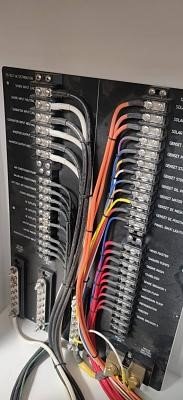Hi,
In shopping for boats, there comes a time where stuff on the boat just falls apart. The big items are the fuel tanks and the electrical system.
Seems like the aluminum tanks have been popular for what 20 to 30 years? And aluminum can corrode, and often from the bottom of the tank where you can't see it. Especially if the tanks are mounted low and especially if they've been exposed to salt water.
Electrical similar, and if it's not good quality tinned wire, it's worse.
So, at what age should we start to think about things like that.
My current boat is 16 years old and still seems pretty clean from what I can tell. However, been looking at boats a few years earlier, and I do NOT want to rewire or change tanks.
In shopping for boats, there comes a time where stuff on the boat just falls apart. The big items are the fuel tanks and the electrical system.
Seems like the aluminum tanks have been popular for what 20 to 30 years? And aluminum can corrode, and often from the bottom of the tank where you can't see it. Especially if the tanks are mounted low and especially if they've been exposed to salt water.
Electrical similar, and if it's not good quality tinned wire, it's worse.
So, at what age should we start to think about things like that.
My current boat is 16 years old and still seems pretty clean from what I can tell. However, been looking at boats a few years earlier, and I do NOT want to rewire or change tanks.

